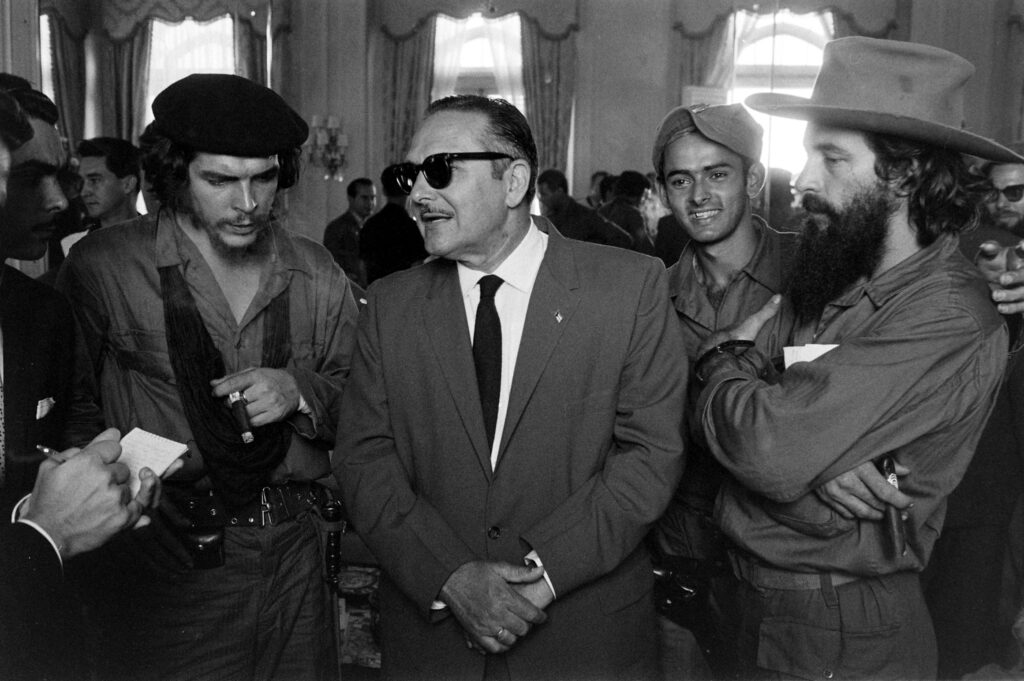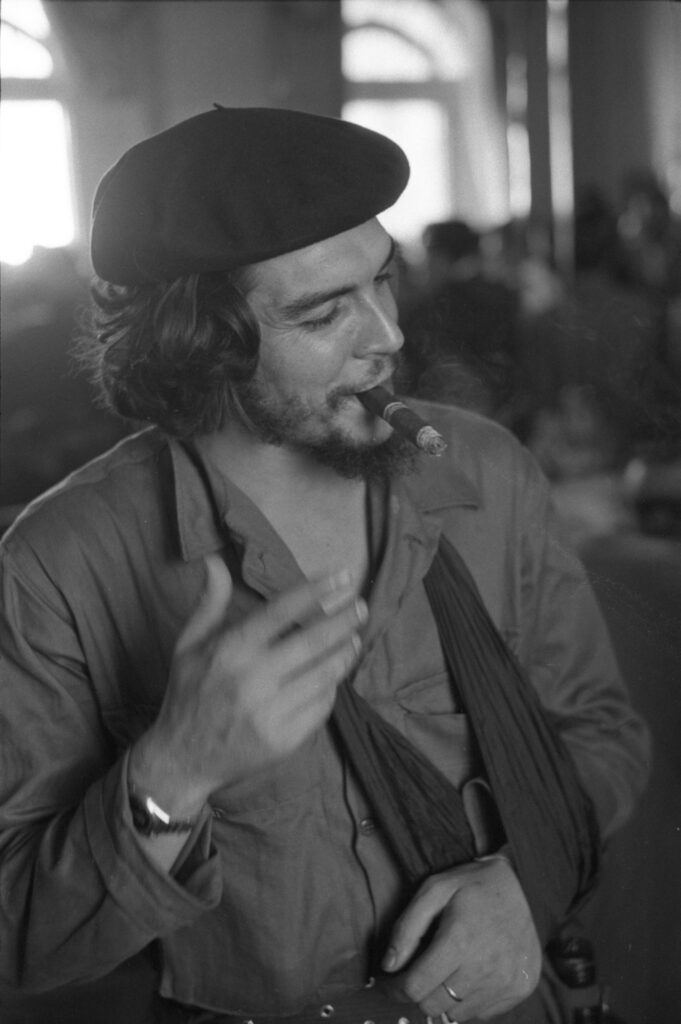Today Alaska holds a well-earned place in the American imagination as the country’s final frontier, and a host of reality shows use the 49th state as a backdrop for its rugged adventures.
In 1950, eight years before Alaska officially joined the union, LIFE took its readers to the what was then America’s northernmost territory—a chilly and remote part of Minnesota known as Northwest Angle. This patch of land seems like it should really be part of Canada—it does connect with the rest of The Gopher State by land and has physical borders with Manitoba and Ontario. Northwest Angle is only part of the U.S. because people got confused while the details of the U.S.-Canada border were being negotiated.
If you’ve never heard of the Northwest Angle, you’re not alone. LIFE began its 1950 story by explaining just what this place was, and what life was like there:
Jutting out like a tiny bell tower at the top of Minnesota is a strip of woodland-and-lake wilderness called the Northwest Angle. … Its inhabitants, cut off from the rest of the U.S. by the 1,500-square mile Lake of the Woods, are an isolated, frontier people. For a brief period during the summer they live in a paradise of thick green forests and deep blue lakes. They hunt, fish, eat wild berries and trap for lynx. But when the long winter sets in, they live in an inhospitable land which is more like Siberia than the U.S. Blizzards roar down out of the North. The temperature drops to 50 degrees below zero, cold enough to split the logs of a cabin. Even on warmer days it seldom gets to more than 20 below zero.
In 1950 this isolated piece of America was out there in more ways than one. “The Angle has no telephones, roads, telegraph, movies, churches or doctors,” LIFE wrote. “The log homes have neither running water nor plumbing. The main meat dish is venison.”
The frontier aspects of the Northwest Angle were a large part of its appeal to residents, most of whom were living there by choice. They had vacationed there during the summer and fallen in love with the place.
The photos by George Silk capture the unique way of life in Northwest Angle. Women made their own butter in hand-cranked churns, and gathered for quilting bees for amusement. Residents traveled in horse-drawn sleighs to collect firewood. Kids amused themselves by playing tag in the deep snow. One man described as a “hermit” spent his winters reading the Congressional Record.
The winters drove most residents indoors. The attitude of the locals, LIFE wrote, was “They don’t particularly like the winters, but they don’t dislike them either.”
The reward for enduring the winter, as they saw it, came when the snow thawed, the geese returned, and the Northwest Angle became an outdoor paradise. LIFE wrote, “Then the citizens of the Angle tell each other that there is no other place on earth where they could enjoy so good a life at so little cost.”

Men cross a frozen lake in a horse-drawn sleigh while on a firewood-gathering expedition. Because the Northwest Angle has no roads, gathering firewood can actually be easier when the lake is frozen..
George Silk/LIfe Picture Collection/Shutterstock

Twelve-year old David Colson of Northwest Angle, Minnesota, photographed after walking home two miles from school, 1950.
George Silk/LIfe Picture Collection/Shutterstock

Two boys and a girl hid up to their necks in a snowdrift, nibbling at the snow.while playing a game of tag in Northwest Angle, Minnesota, 1950.
George Silk/LIfe Picture Collection/Shutterstock

Scenes of wintertime in remote Northwest Angle, Minnesota, 1950.
George Silk/LIfe Picture Collection/Shutterstock

Twevle-year-old David Colson rode a cow to get water from a hole drilled through ice in the lake in Northwest Angle, Minn., 1950.
George Silk/LIfe Picture Collection/Shutterstock

Mrs. Joe Risser of Northwest Angle, Minn., carried in wash that had frozen on the line, 1950.
George Silk/LIfe Picture Collection/Shutterstock

Mrs. Edison Risser used a hand-operated butter-making machine like virtually every other family did in Northwest Angle, Minnesota, 1950.
George Silk/Life Picture Collection/Shutterstock

Postmaster Jake Colson ran the smallest post office in the U.S in a six-by-four-foot corner of Northwest Angle’s general store; only twelve homes received mail up there.
George Silk/LIfe Picture Collection/Shutterstock

Eli Olson, a reclusive trapper and 34-year resident of Northwest Angle, Minnesota, liked to read the Congressional Record during the winter, 1950.
George Silk/LIfe Picture Collection/Shutterstock

A women carefully wove a rug during the extremely cold winter months in Northwest Angle, Minnesota, 1950.
George Silk/LIfe Picture Collection/Shutterstock

Grandfather Oscar Risser whittled while his grandchildren watched during a long winter in Northwest Angle, Minnesota, 1950.
George Silk/LIfe Picture Collection/Shutterstock

Kids in Northwest Angle, Minnesota, generally took baths once a week, on Saturdays, during the winter.
George Silk/LIfe Picture Collection/Shutterstock

Quilting bees like this one were a popular winter pastime in Northwest Angle, MInnesota, 1950.
George Silk/LIfe Picture Collection/Shutterstock

A winter quilting bee in Northwest Angle, Minnesota including a break for a two-hour lunch that featured chicken, baked beans, canned vegetables and pie, 1950.
George Silk/LIfe Picture Collection/Shutterstock

Newlyweds Sid and Skippy Hanson, ages 23 and 19, struggled to keep their cabin warm enough over the winter in Northwest Angle, Minnesota, 1950.
George Silk/LIfe Picture Collection/Shutterstock

Two Canadians braved the wind and snow to come into Northwest Angle, Minnesota, to buy provisions, 1950.
George Silk/LIfe Picture Collection/Shutterstock

A dog made its way through three-and-a-half feet of snow In Northwest Angle, Minnesota, 1950.
George Silk/LIfe Picture Collection/Shutterstock

A lone lighthouse sat amid a stark frozen landscape during winter in Northwest Angle, Minnesota, 1950.
George Silk/LIfe Picture Collection/Shutterstock

























































































